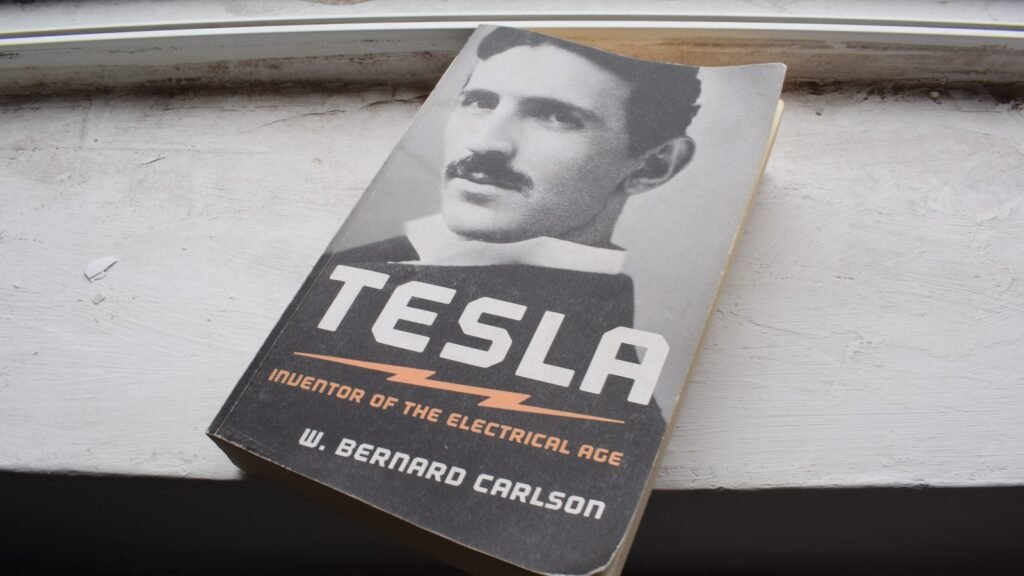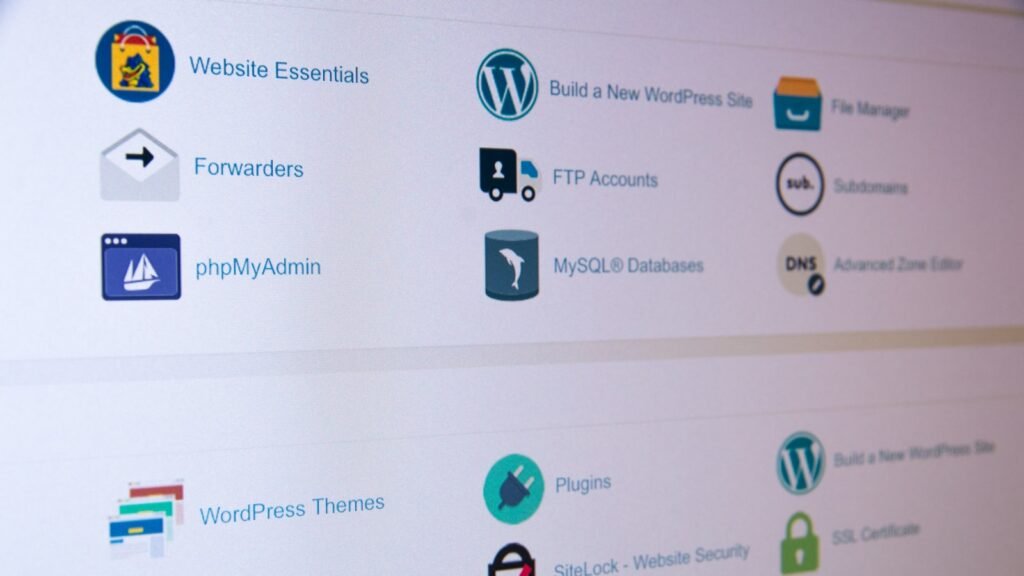In the world of manufacturing, metal stamping stands as a cornerstone process, pivotal in shaping countless products we use daily. Yet, as with any industrial procedure, costs can escalate quickly, eating into profit margins and potentially compromising quality. Recognizing the importance of cost-saving in metal stamping isn’t merely about boosting the bottom line—it’s about ensuring efficiency, sustainability, and delivering value to the end consumer. As we venture into this topic, we’ll uncover strategies that not only promise to trim expenses but also enhance the overall stamping process.
Reducing metal stamping costs is more than possible—it’s a strategic move. By optimizing material choices, keeping a keen eye on market prices, enhancing weaker materials, minimizing waste, streamlining production runs, and seeking expert advice, significant savings await. It’s a journey of smart choices leading to tangible benefits.
Ready to delve into the intricacies of each method? Join us as we dissect and present each strategy, offering insights and subtle nuances that can revolutionize your metal stamping operations. It’s time to transform knowledge into actionable steps.
| 1 | Don’t Go for Exotic Materials |
| 2 | Watch the Materials Market |
| 3 | Consider Strengthening a Weaker, Cheaper Material |
| 4 | Reduce Scrap |
| 5 | Get the Most Out of Your Production Run |
| 6 | Optimize Your Tooling |
| 7 | Know Your Vendor’s Tooling Skill |
| 8 | Cut Down on Tooling Maintenance |
| 9 | Look for Places to Automate |
| 10 | Add to Your Shopping Cart with Secondary Process Services |
| 11 | Buy Only What You Need with Inventory Management |
| 12 | Consult with a Manufacturing Engineer |
| 13 | Look for Easy Design Wins |
1. Don’t Go for Exotic Materials
In the quest for innovation, it’s tempting to opt for rare or exotic materials, thinking they might offer superior qualities. However, this often comes with a hefty price tag.
Cost Implications: Using exotic materials can significantly increase production costs. These materials are not only expensive to purchase, but they might also require specialized handling and processing, further driving up costs.
Benefits of Common Materials: Common materials, which are readily available, have been tried and tested over time. They offer reliability, ease of sourcing, and often come at a fraction of the cost of their exotic counterparts. Moreover, advancements in processing techniques mean that these materials can now deliver quality that rivals, if not surpasses, that of rarer alternatives.
Choosing materials isn’t just a matter of cost. The choice can directly impact the final product’s quality, performance, and even its market reception. It’s a delicate balance between cost-efficiency and delivering a product that meets or exceeds expectations.

2. Watch the Materials Market
The materials market, like any other, is subject to fluctuations. Being proactive and strategic about when and how you source your materials can lead to substantial savings.
Importance of Monitoring: Metal prices can vary based on a myriad of factors, from geopolitical events to supply chain disruptions. Keeping a close eye on these changes allows businesses to make informed purchasing decisions.
Tips for Timely Purchases:
- Set up alerts for price drops or increases.
- Consider bulk buying during favorable market conditions.
- Foster strong relationships with suppliers for insider information and potential discounts.
Beyond just the price, the dynamics of the supply chain—delays, transportation issues, and relationships with suppliers—can influence the real cost and timeliness of obtaining materials. A seemingly good deal can quickly turn sour if, for instance, transportation costs spike or if there are unexpected delays in delivery.

3. Consider Strengthening a Weaker, Cheaper Material
In the world of manufacturing, innovation isn’t just about discovering new materials—it’s also about maximizing the potential of existing ones.
Enhancing Strength: Modern processing techniques allow manufacturers to enhance the inherent properties of materials. For instance, heat treatments, alloying, or surface treatments can significantly improve the strength, ductility, or corrosion resistance of metals.
Economic Viability: By enhancing cheaper materials, manufacturers can achieve the desired product quality without the high costs associated with premium materials. This approach not only reduces material costs but also broadens the range of suitable materials for specific applications.

4. Reduce Scrap
Waste is an enemy in manufacturing. Not only does it represent lost material and money, but it also has broader implications.
Financial Implications: Scrap means wasted resources. Every piece of material that doesn’t end up in the final product represents money down the drain. Moreover, disposing of or recycling scrap also incurs costs.
Environmental Implications: Excessive waste contributes to environmental degradation. Manufacturing processes already have a significant carbon footprint, and unnecessary waste exacerbates this impact.
Strategies to Minimize Waste:
- Implement precision stamping techniques.
- Use computer-aided design (CAD) tools to optimize material usage.
- Regularly maintain and calibrate machinery to ensure accurate operations.

5. Get the Most Out of Your Production Run
Optimizing production runs is akin to fine-tuning an orchestra—every element must work in harmony to produce the desired outcome.
Benefits of Optimization:
- Efficiency: An optimized production run reduces downtime, ensuring machinery and labor are utilized effectively.
- Cost-effectiveness: Minimizing start-up and shut-down processes can lead to significant savings. Longer, optimized runs mean fewer interruptions and reduced costs per unit.
- Quality: Consistent runs can lead to more uniform products, reducing the likelihood of defects.
Tips for Optimization:
- Plan production schedules meticulously.
- Ensure machinery is in top condition to prevent unexpected breakdowns.
- Train staff regularly to keep them updated on best practices.

6. Optimize Your Tooling
In metal stamping, tools are the unsung heroes, silently shaping, cutting, and forming materials into desired products. Their optimization is paramount for a seamless production process.
Right Tools for Tasks: Using the correct tool for a specific task ensures precision, reduces the risk of errors, and enhances the overall quality of the product. It’s not just about having a tool; it’s about having the right tool.
Tool Maintenance and Costs: Regular maintenance ensures that tools function optimally, reducing the chances of unexpected breakdowns which can halt production. While maintenance incurs costs, the expenses associated with tool breakdowns, replacements, or defective products can be much higher.
Tool optimization isn’t solely about cutting down maintenance costs. A well-optimized tool boosts production efficiency, reduces wastage, and can have a longer operational life. It’s an investment that pays dividends in the long run.

7. Know Your Vendor’s Tooling Skill
Vendors play a pivotal role in the metal stamping process. Their expertise, or lack thereof, can directly influence the quality and cost of production.
Vendor Expertise: Understanding a vendor’s skill set, experience, and capabilities is crucial. A skilled vendor can offer insights, suggest optimizations, and even introduce innovative techniques that can revolutionize the stamping process.
Cost and Quality: A knowledgeable vendor can guide on cost-effective solutions without compromising on quality. Their expertise can lead to reduced production costs, fewer defects, and a higher-quality final product.

8. Cut Down on Tooling Maintenance
While maintenance is essential, excessive or unnecessary maintenance can be a drain on resources.
Cost Implications: Frequent maintenance not only incurs direct costs but also leads to production downtime, affecting the overall efficiency of the manufacturing process.
Strategies to Extend Tool Life:
- Use tools as per manufacturer guidelines.
- Store tools in appropriate conditions to prevent wear and tear.
- Implement predictive maintenance, using data analytics to predict when a tool might need maintenance, rather than following a strict schedule.

9. Look for Places to Automate
The rise of Industry 4.0 has brought automation to the forefront of manufacturing, offering a myriad of benefits, especially in processes like metal stamping.
Benefits of Automation:
- Efficiency: Automated processes can work round the clock, ensuring consistent production rates.
- Precision: Machines, when calibrated correctly, can achieve a level of precision hard for manual processes to replicate.
- Safety: Automation can handle hazardous tasks, reducing the risk of workplace injuries.
Areas for Cost Savings:
- Labor Costs: Automation can reduce the need for manual labor, especially for repetitive tasks.
- Energy Efficiency: Modern automated machines often consume less energy, leading to savings in power bills.
- Reduced Wastage: Precision means fewer errors and less material wastage.
While automation promises efficiency, it comes with an initial investment. Moreover, over-automation can reduce flexibility, making it challenging to adapt to sudden market changes or customized orders.

10. Add to Your Shopping Cart with Secondary Process Services
Incorporating secondary processes into the primary production line can be a game-changer, streamlining operations and cutting down costs.
Benefits of Integration:
- Reduced Handling: Integrating processes reduces the need to move materials between different stations, saving time and reducing potential damages.
- Faster Turnaround: With processes aligned, the time from raw material to finished product can be significantly reduced.
- Cost Savings: Fewer machines, reduced material handling, and faster production times can lead to substantial cost savings.

11. Buy Only What You Need with Inventory Management
Inventory, if not managed correctly, can be a silent cost accumulator, from storage costs to wastage due to material degradation.
Importance of Inventory Management:
- Reduced Storage Costs: Effective inventory management ensures that you’re not overstocking, leading to savings in storage space and associated costs.
- Optimal Stock Levels: By monitoring and predicting usage patterns, manufacturers can ensure they have just the right amount of inventory, reducing wastage and ensuring production doesn’t halt due to lack of materials.
Strategies for Effective Management:
- Just-in-Time (JIT) Inventory: This approach focuses on ordering materials only when they’re needed, reducing storage costs.
- Regular Audits: Periodic checks ensure that the recorded inventory matches the actual stock, highlighting potential issues or wastages.

12. Consult with a Manufacturing Engineer
Behind every successful manufacturing process lies the expertise of those who understand the intricacies of production, materials, and tools. Consulting with a manufacturing engineer can be a transformative step.
Benefits of Expert Advice:
- Process Optimization: Manufacturing engineers can identify bottlenecks or inefficiencies in the production process and suggest improvements.
- Material Insights: Their expertise can guide material choices, ensuring optimal performance without unnecessary costs.
- Tooling Recommendations: They can suggest tool upgrades or changes that can enhance production quality and speed.
Collaborating with a manufacturing engineer isn’t just about tapping into their expertise. They bring a fresh perspective to production workflows, material choices, and tool usage, often seeing opportunities or challenges that might be overlooked by those deeply entrenched in the process.

13. Look for Easy Design Wins
In the quest for perfection, sometimes the simplest changes can yield the most significant results. Continuously evaluating and optimizing design can lead to both cost savings and enhanced product performance.
Simple Design Changes:
- Material Reduction: By reducing the thickness of a part or using alternative materials, costs can be cut without compromising quality.
- Simplified Assembly: Reducing the number of components or simplifying assembly processes can lead to faster production times and fewer errors.
- Optimized Tooling: Adapting designs to better fit existing tools can reduce the need for custom tooling.
Importance of Continuous Evaluation:
- Stay Competitive: Regularly evaluating designs ensures that products remain competitive in the market, both in terms of cost and features.
- Adapt to Changes: As new materials or technologies become available, designs can be updated to incorporate these advancements.
While simple design changes can lead to significant cost savings, they must be approached with caution. Such changes can impact product performance, durability, or user experience. It’s a balance between cost-saving and ensuring the product remains up to the desired standards.

Conclusion
In the intricate dance of metal stamping, every move, every decision, and every strategy plays a pivotal role in shaping the final product. As we’ve journeyed through these cost-saving measures, it’s evident that the path to efficiency isn’t just about cutting corners—it’s about making informed, strategic choices. From the materials we choose to the tools we employ, from the designs we conceptualize to the experts we consult, every step offers an opportunity for optimization.
Cost-saving in metal stamping isn’t merely a financial endeavor; it’s a commitment to excellence, sustainability, and delivering unparalleled value. As manufacturers, the challenge lies not just in producing but in producing smartly. The strategies discussed here serve as a roadmap, guiding us towards a future where quality and cost-effectiveness coexist harmoniously.
To all our readers, as you navigate the world of metal stamping, we encourage you to embrace these strategies, to question, to innovate, and to strive for that perfect balance. The journey might be intricate, but the rewards—both in terms of savings and product quality—are well worth the effort.




3 Responses
Thanks for pointing out that a professional metal stamping manufacturer will be able to help with reducing costs while avoiding those that can cause issues. I can imagine how their help will be a big factor in achieving the vision that you have for your products. Company owners should definitely work with professionals to get the best results they need.
It’s great that you elaborated on working with manufacturers and why you should place an order with anticipation! Not so long ago, my cousin announced he’s interested in starting his online business. My cousin wants to sell replacement parts, so I’m sure he’ll need to find and work with different suppliers, and your tips will help him do it! We appreciate your insight on metal stamping manufacturing and how to improve your financial outcome!